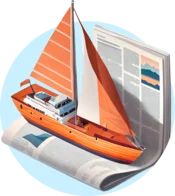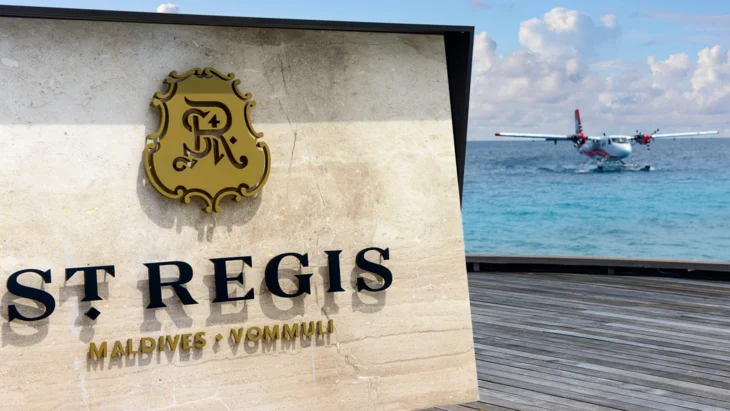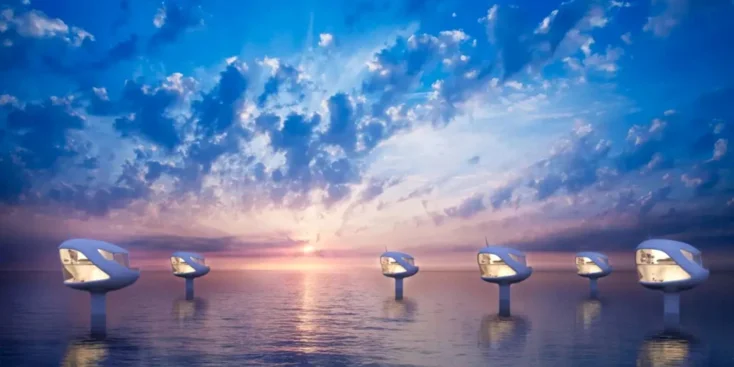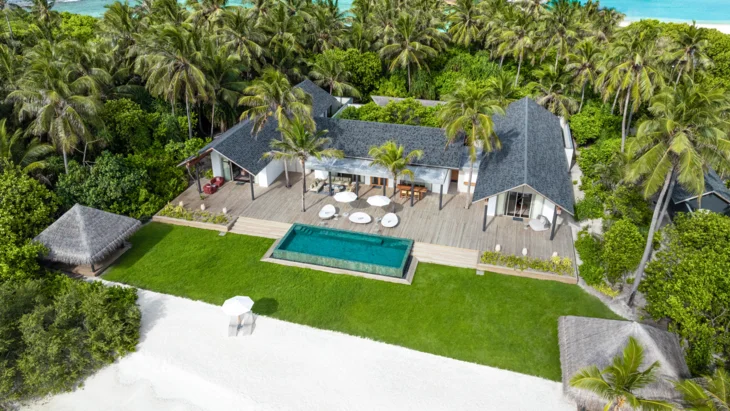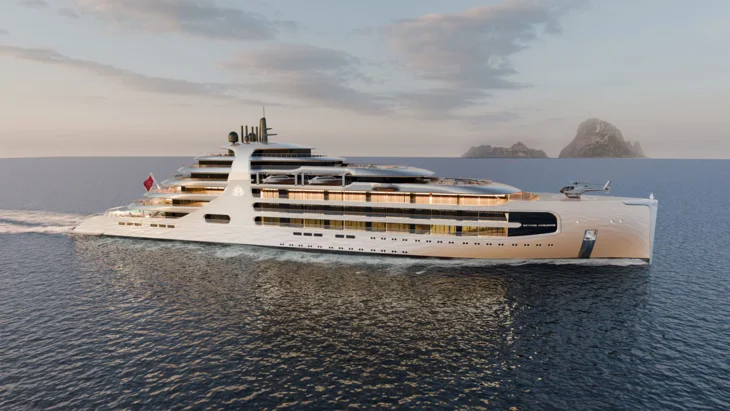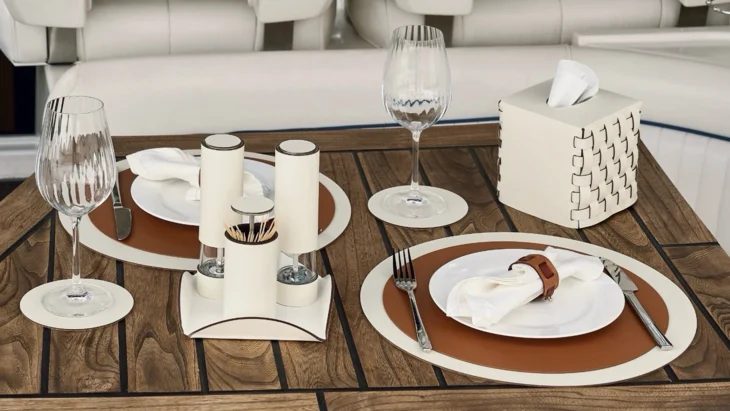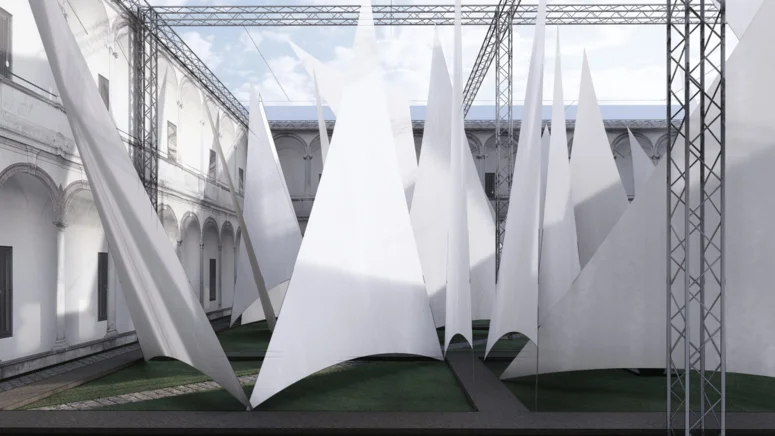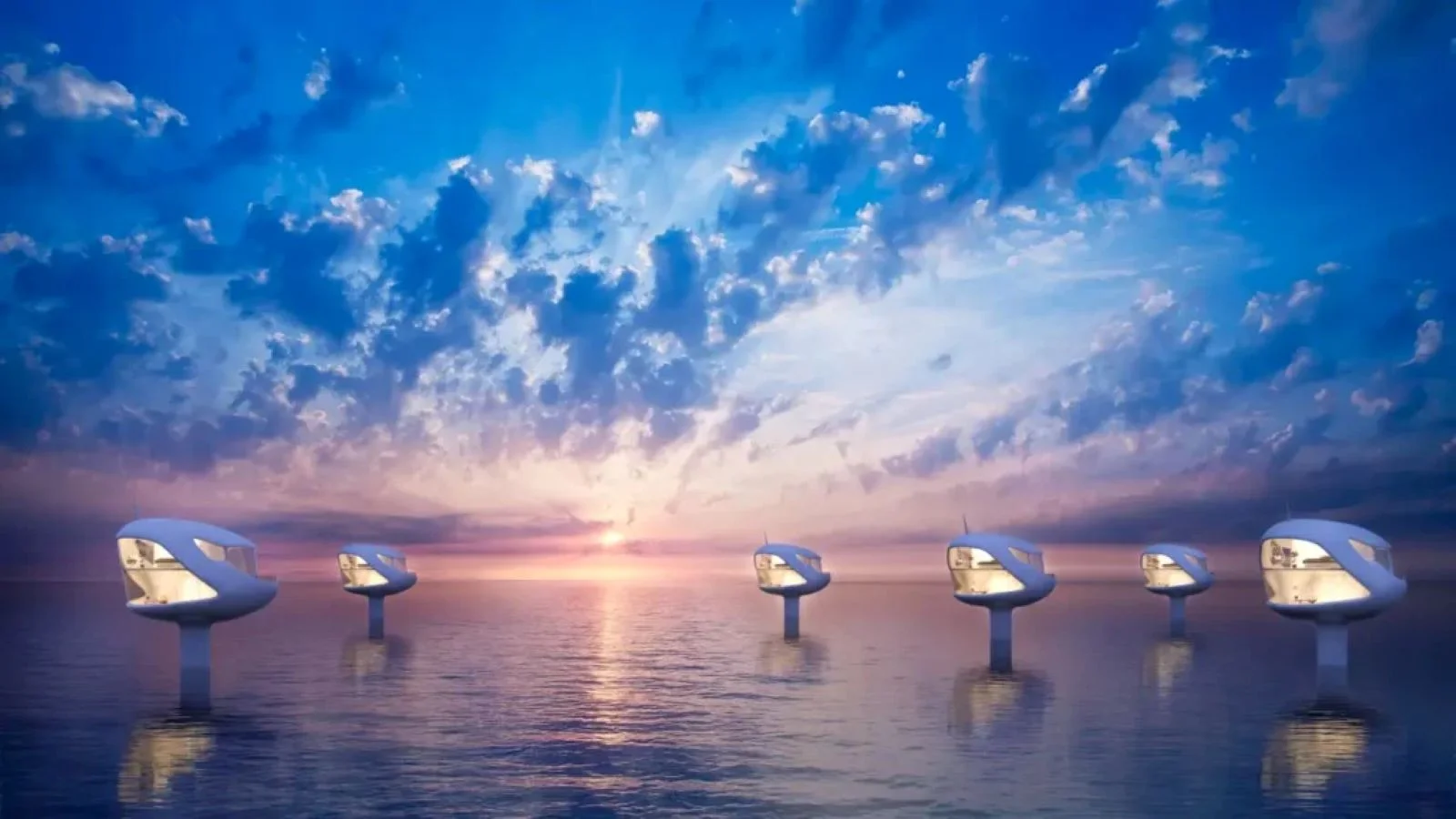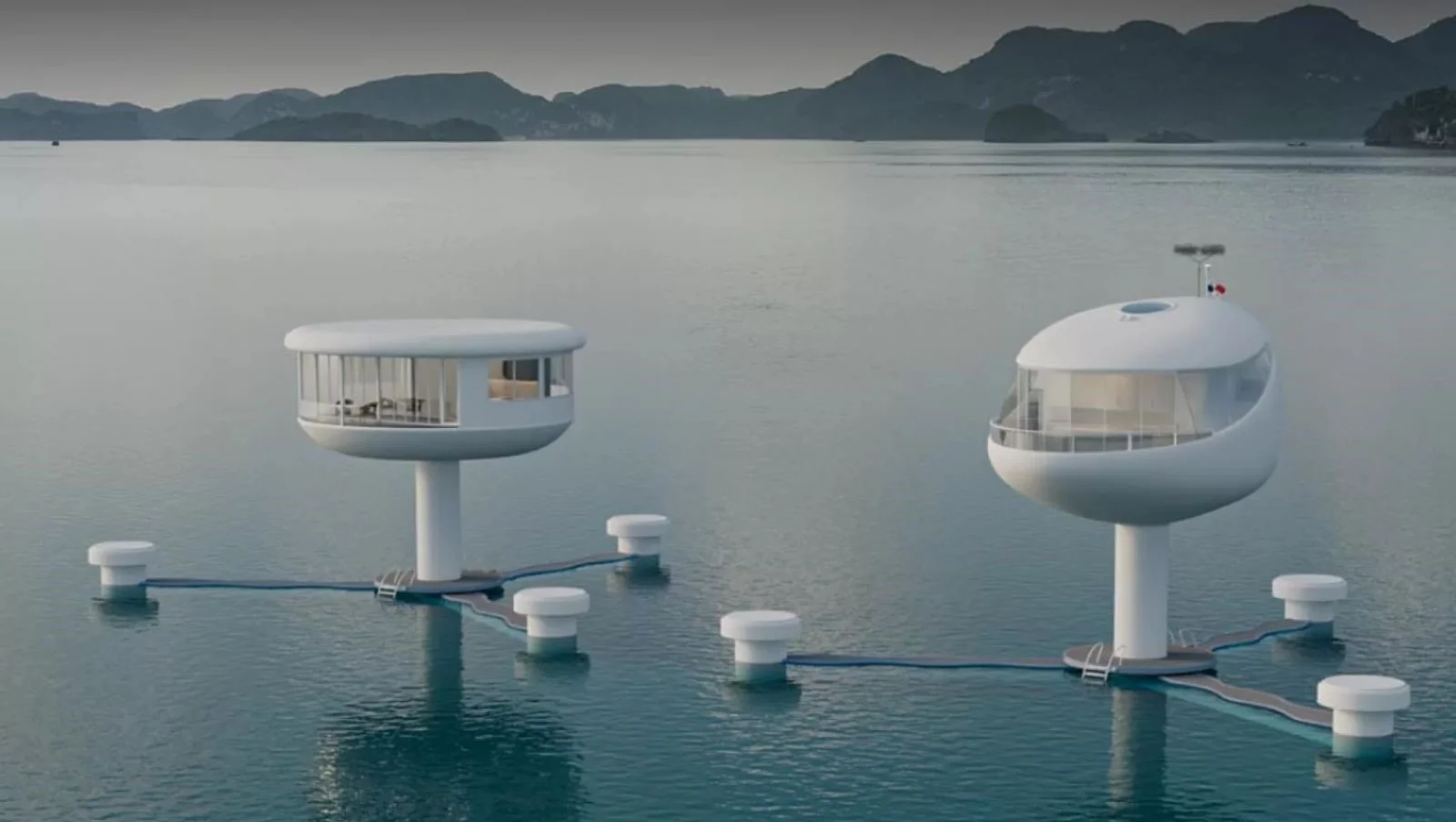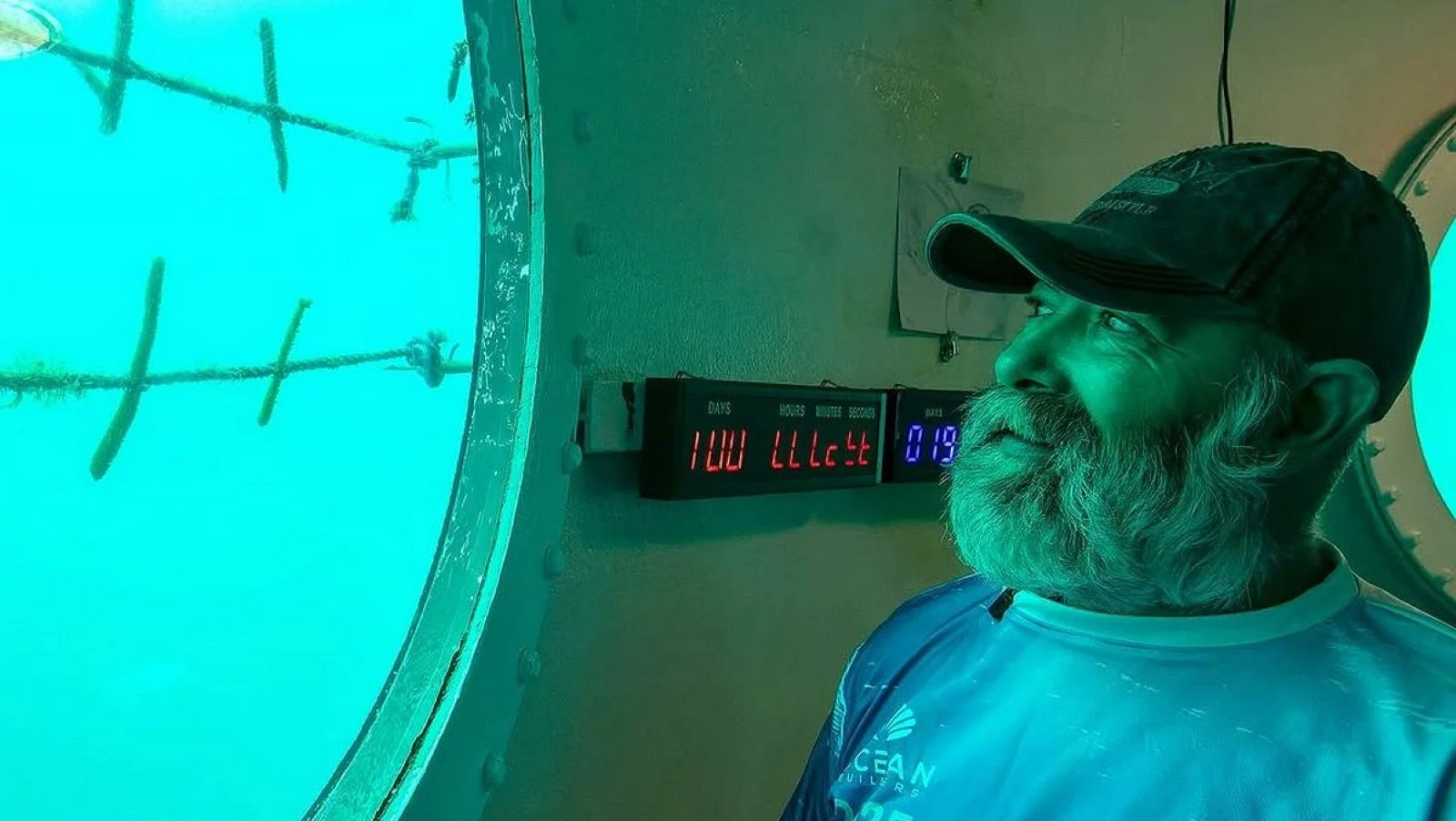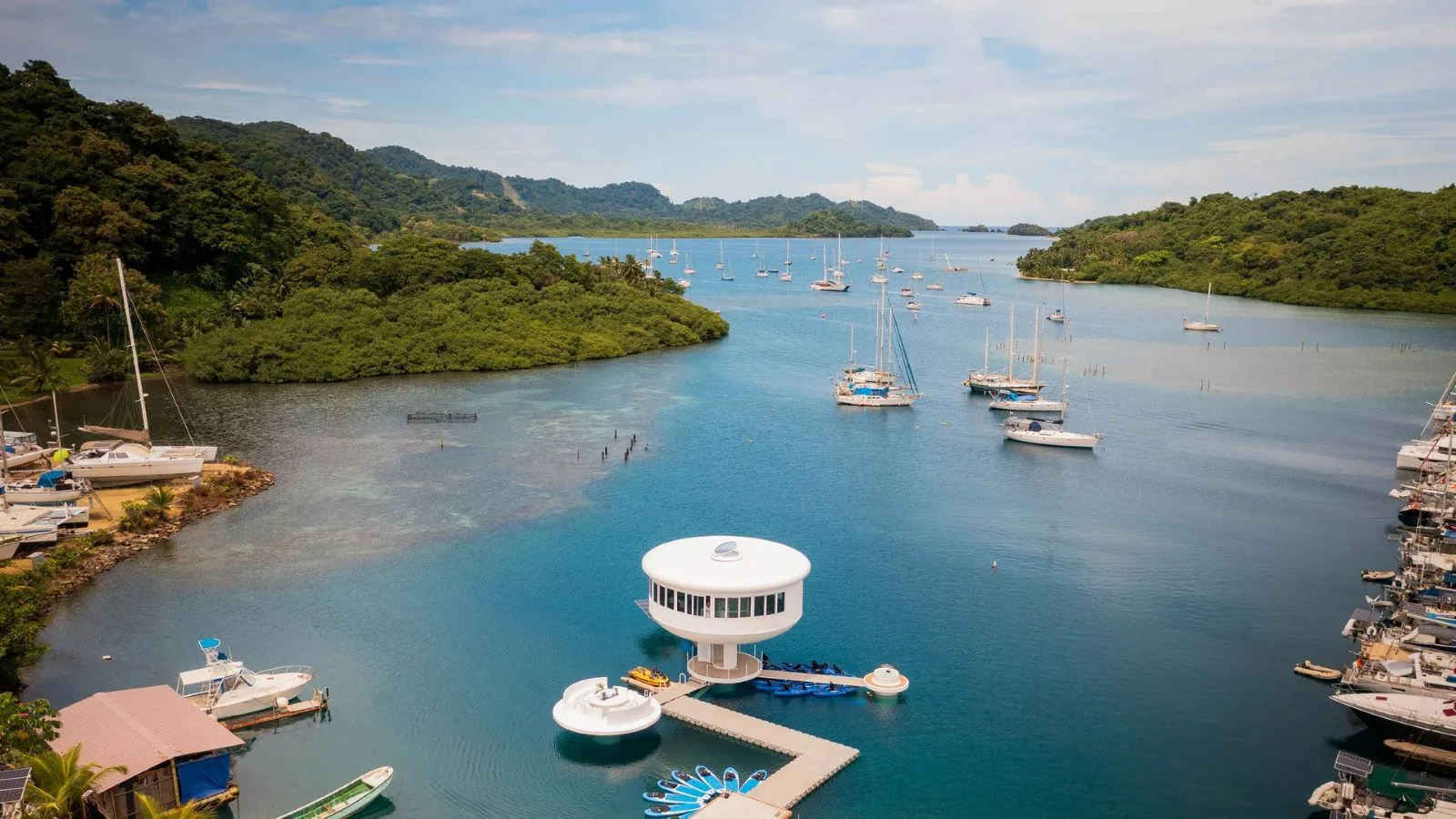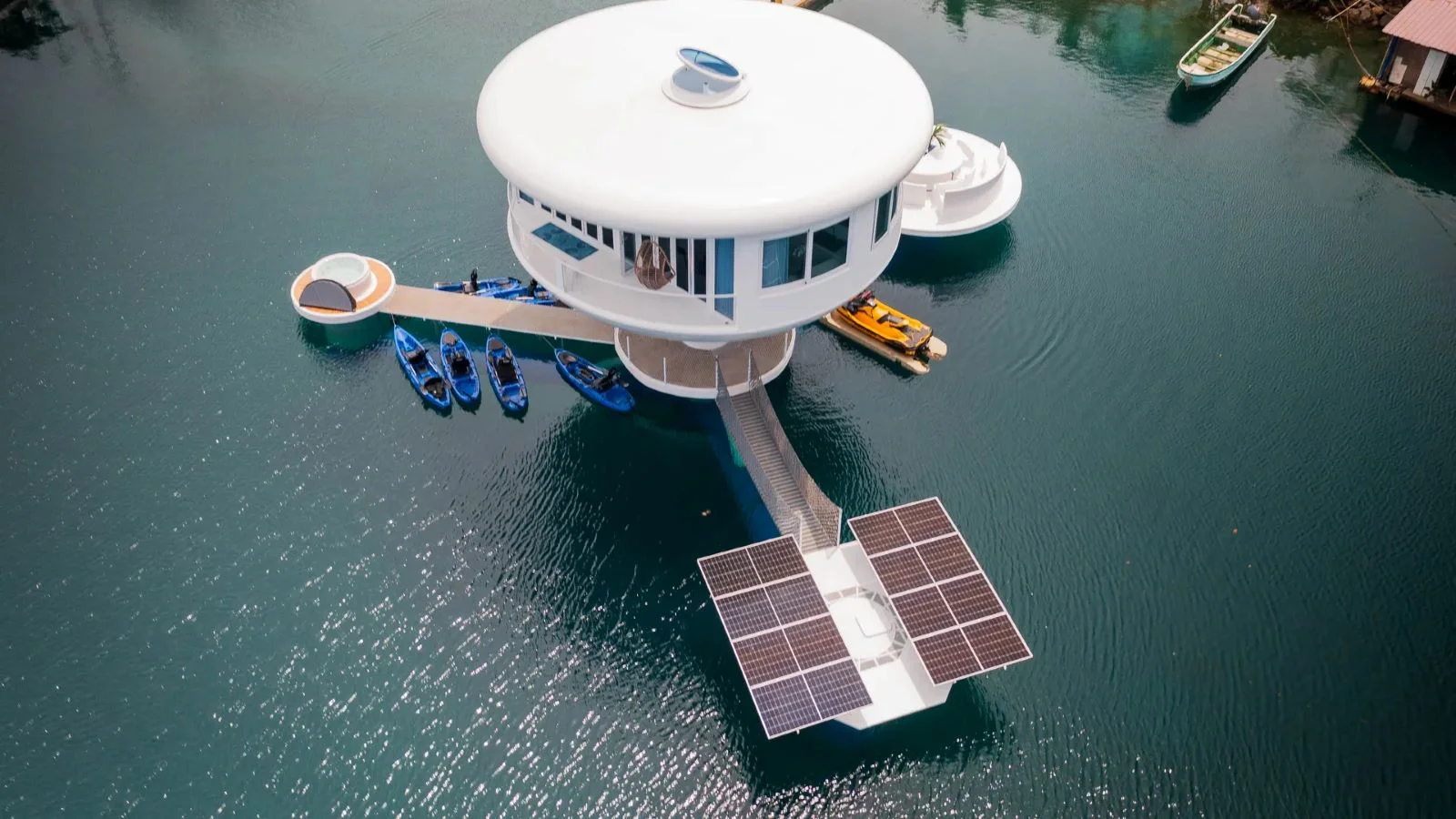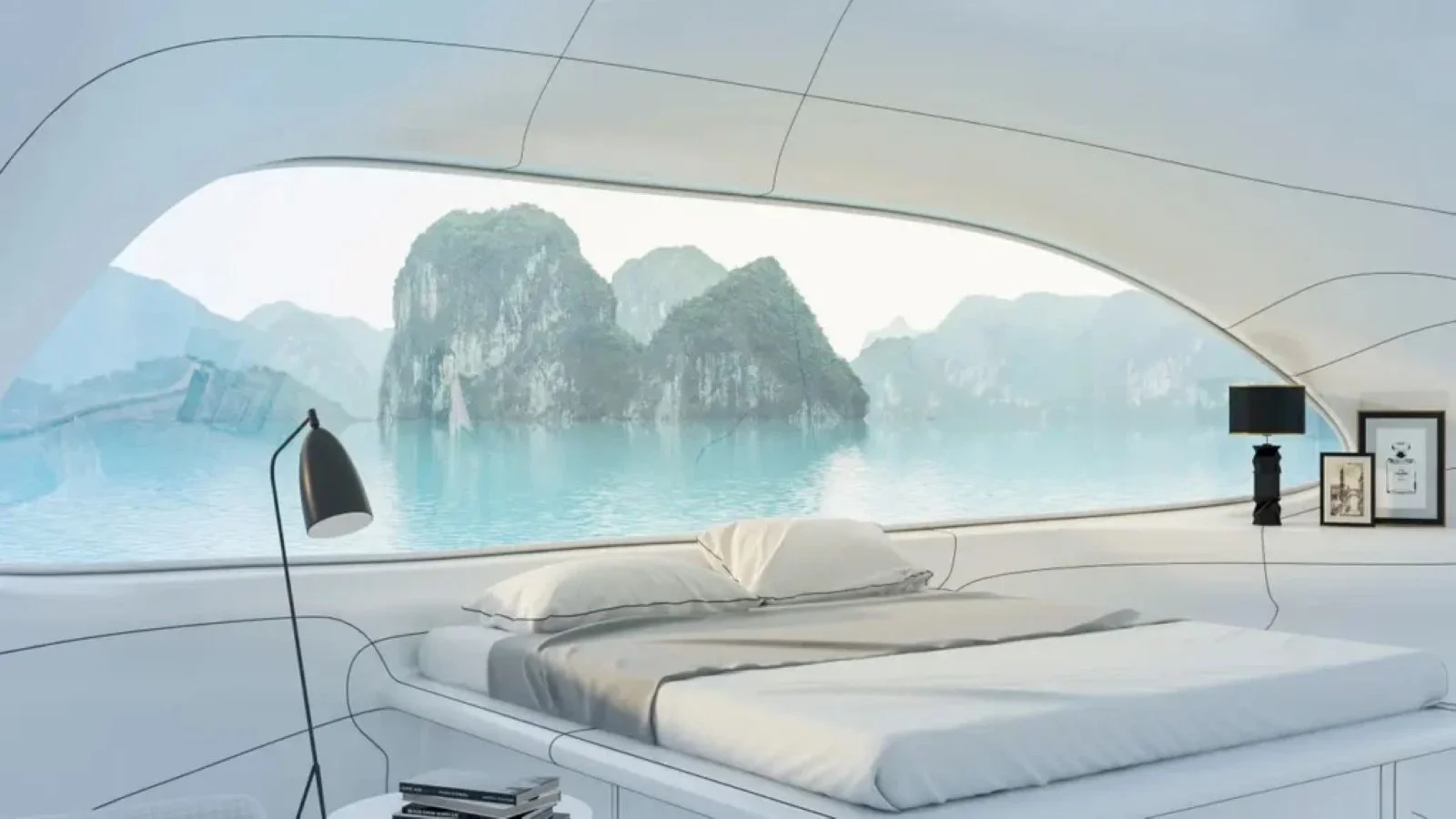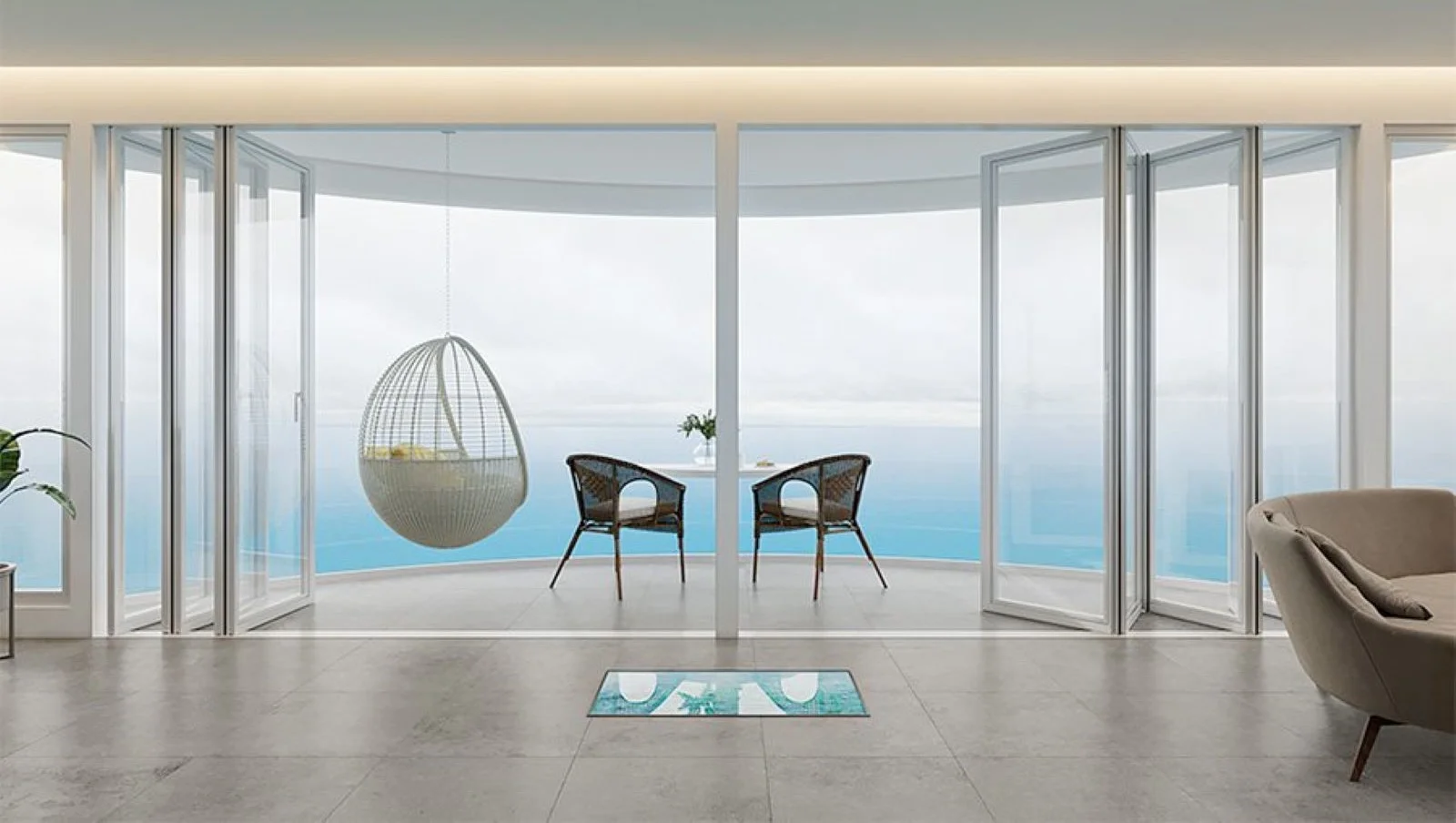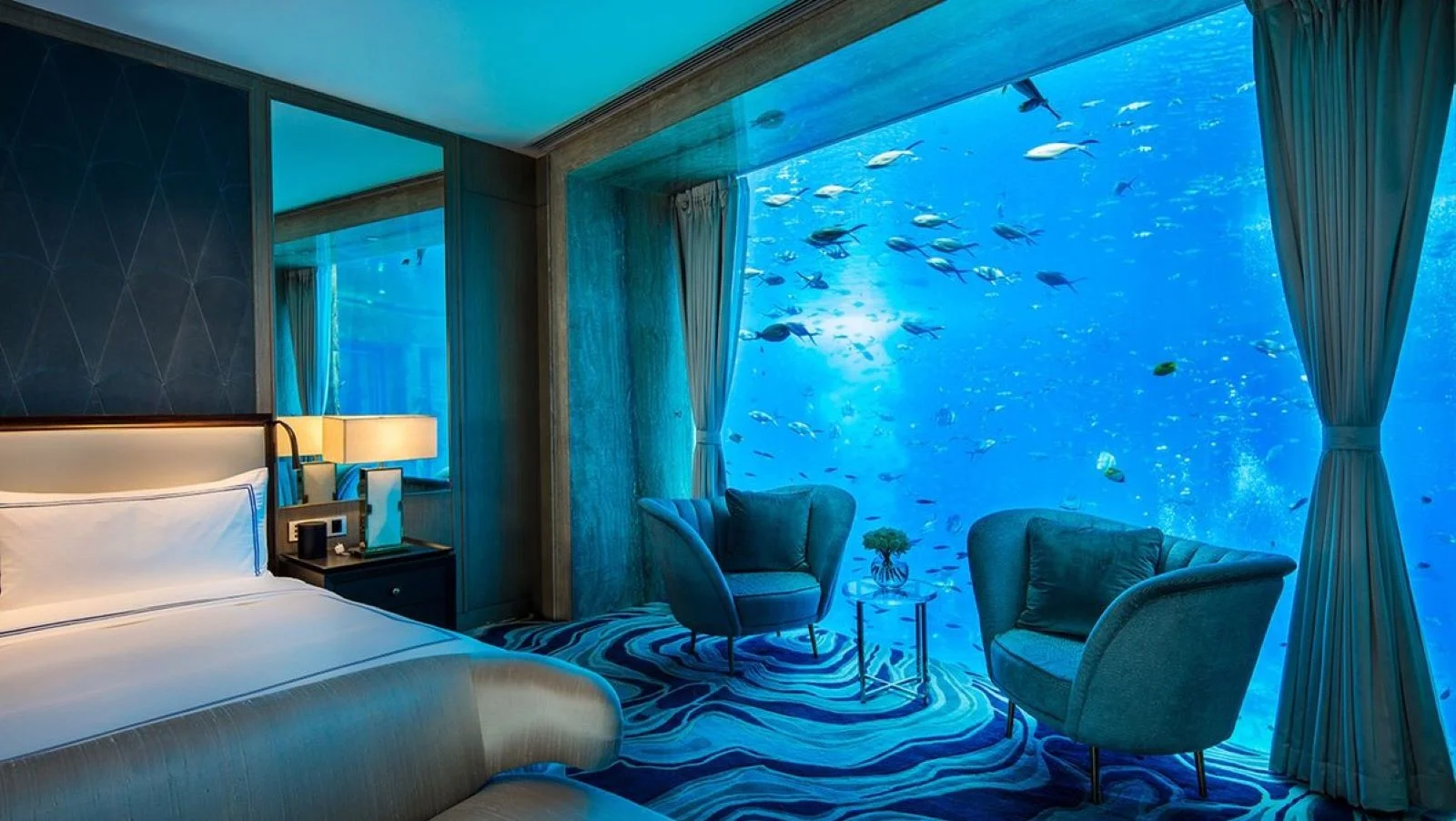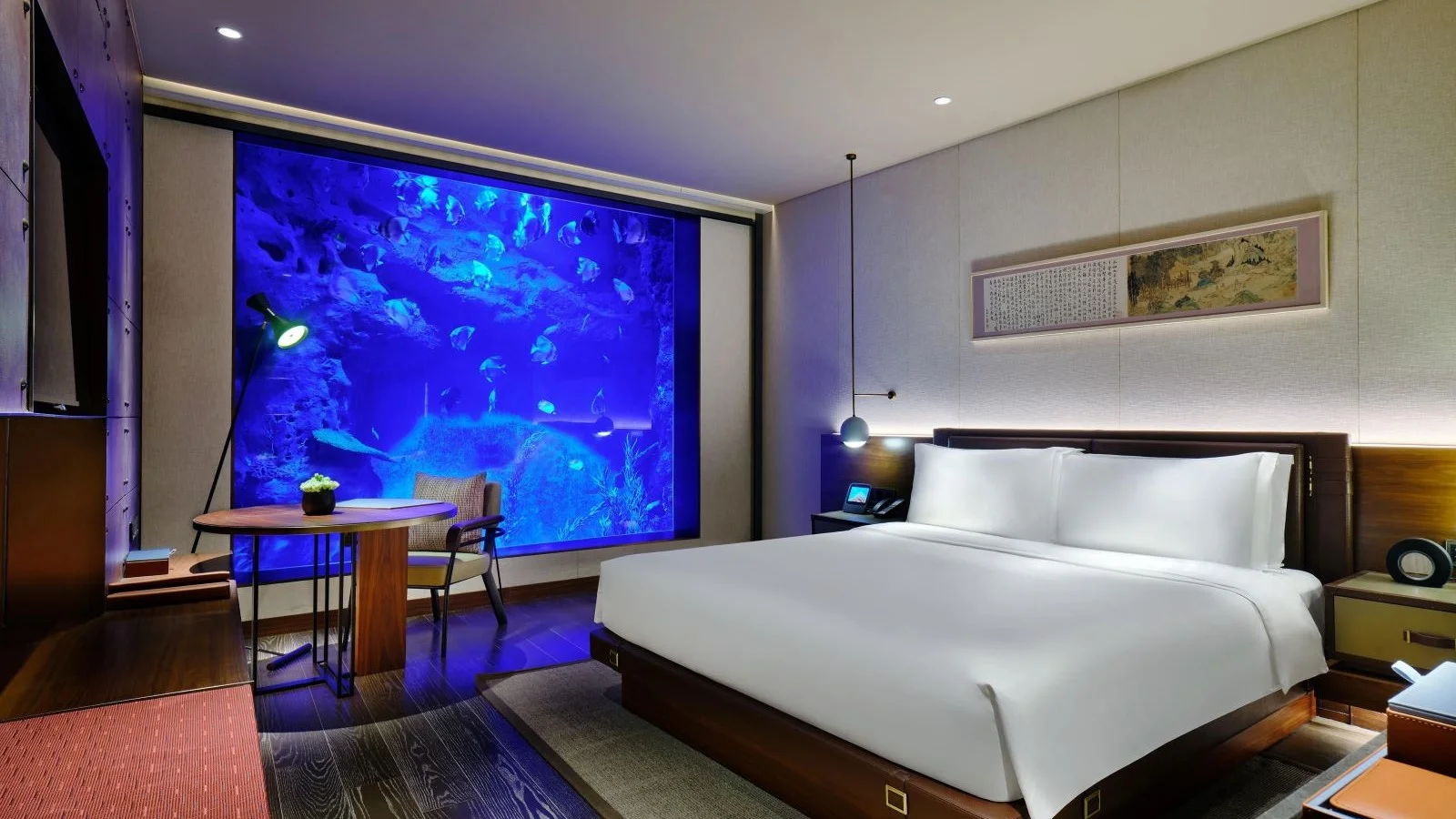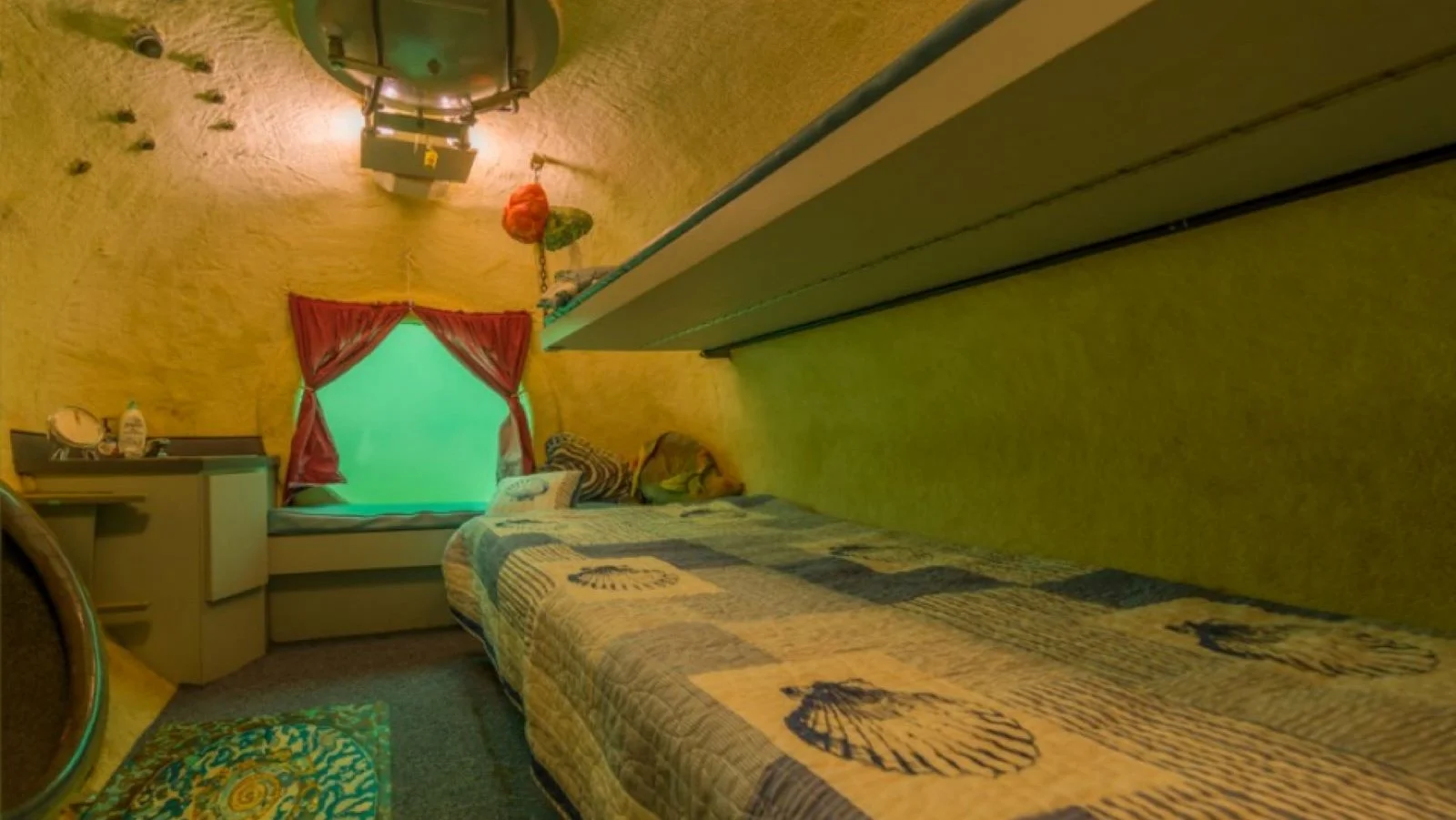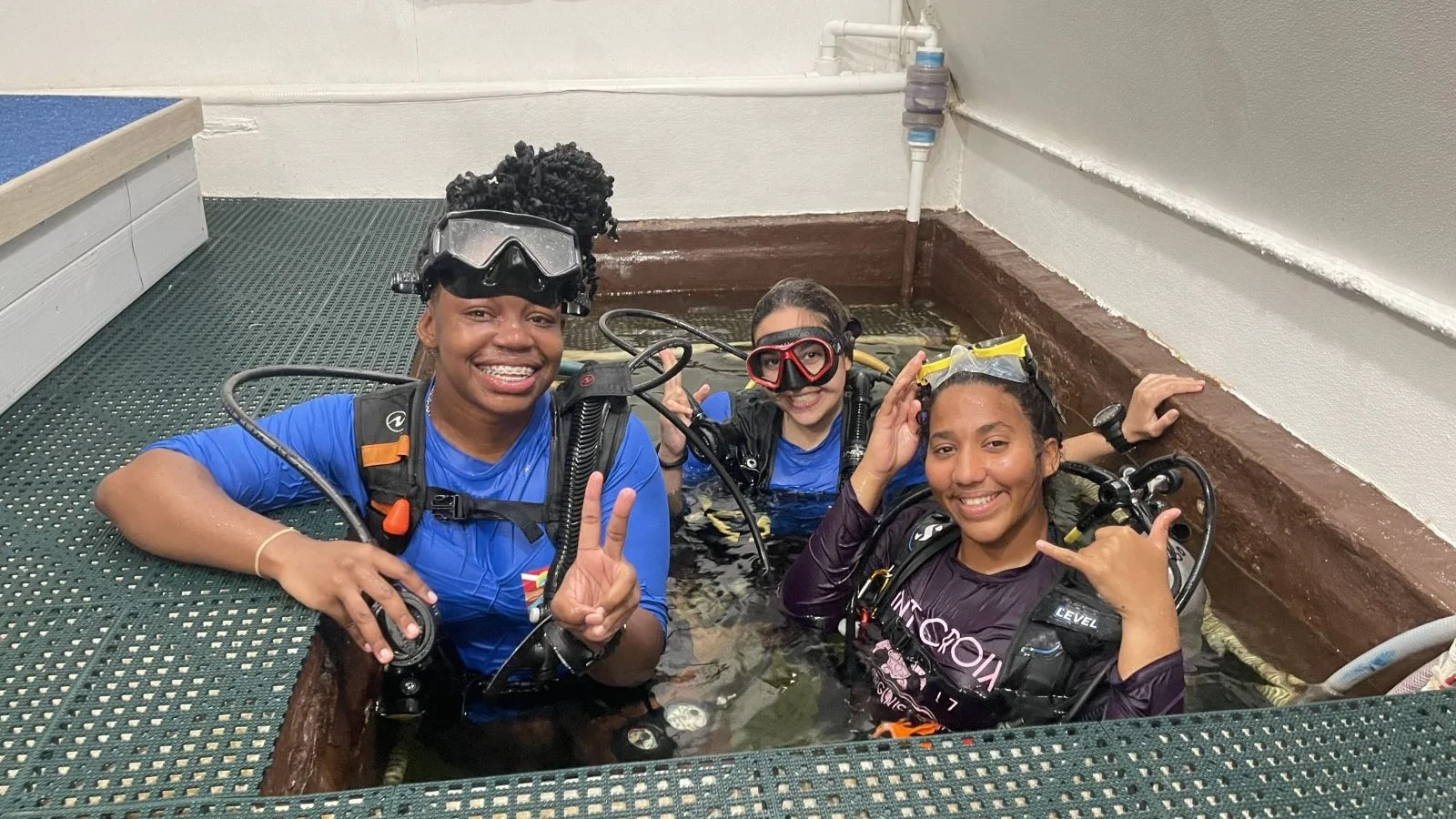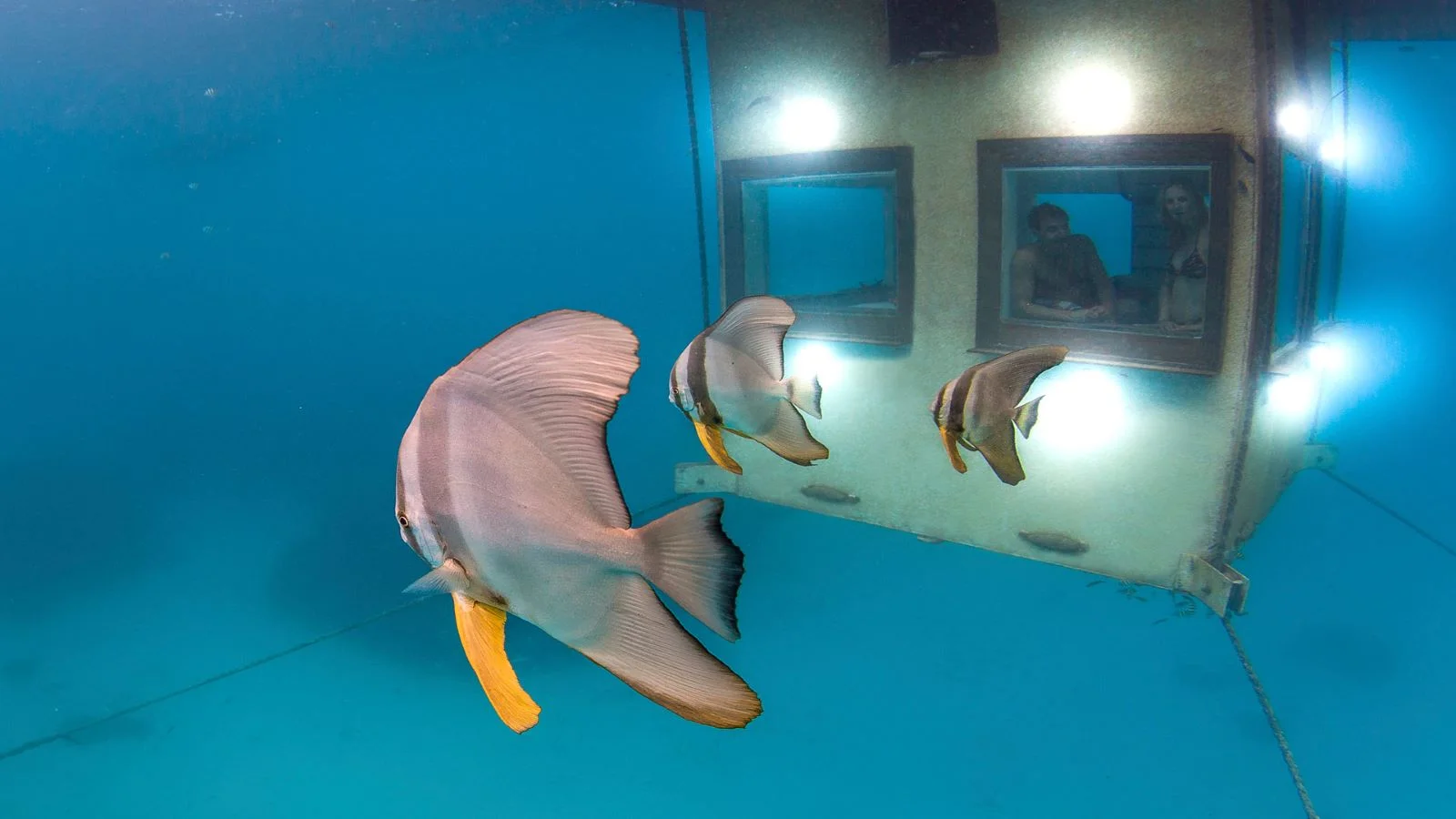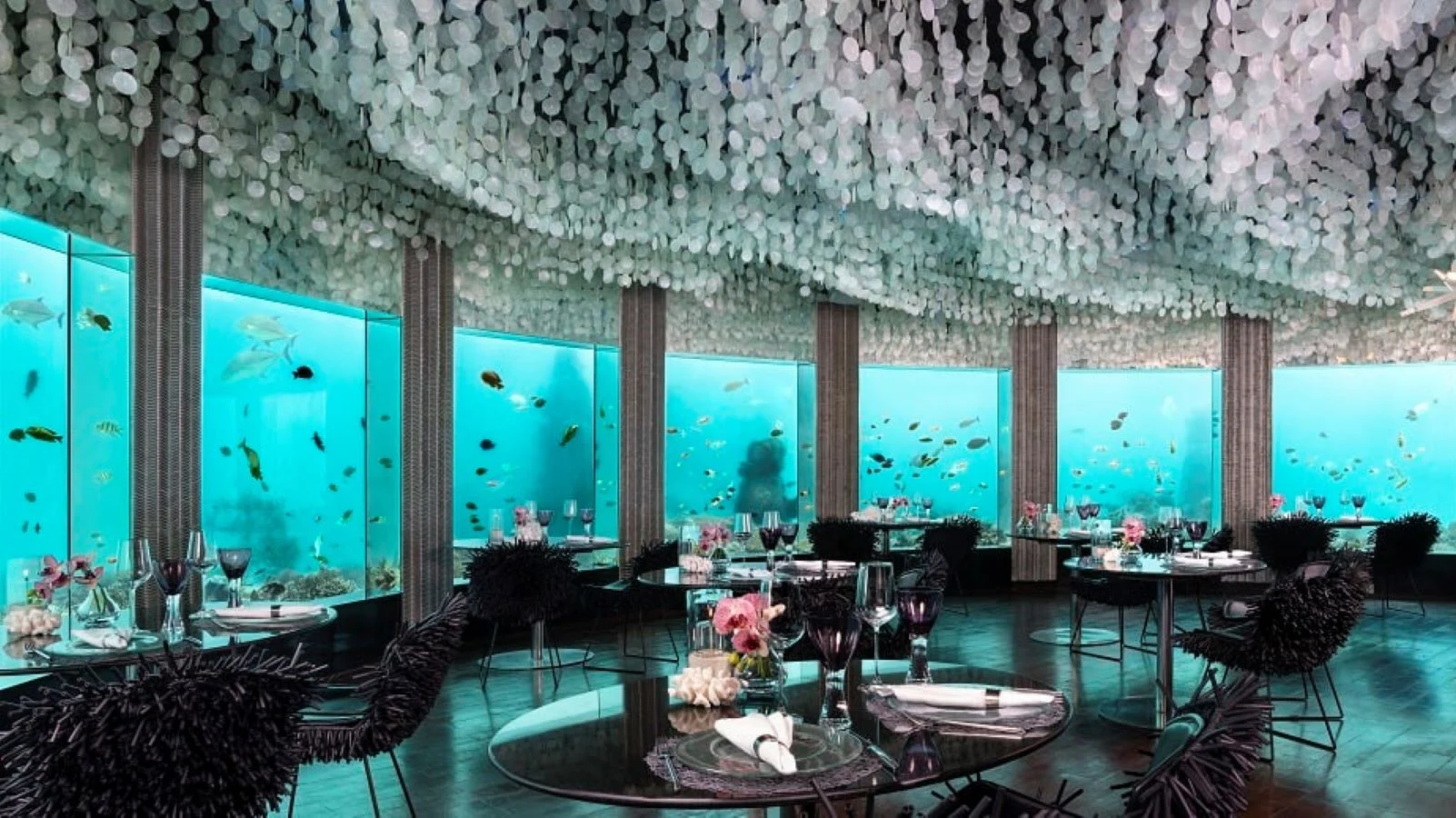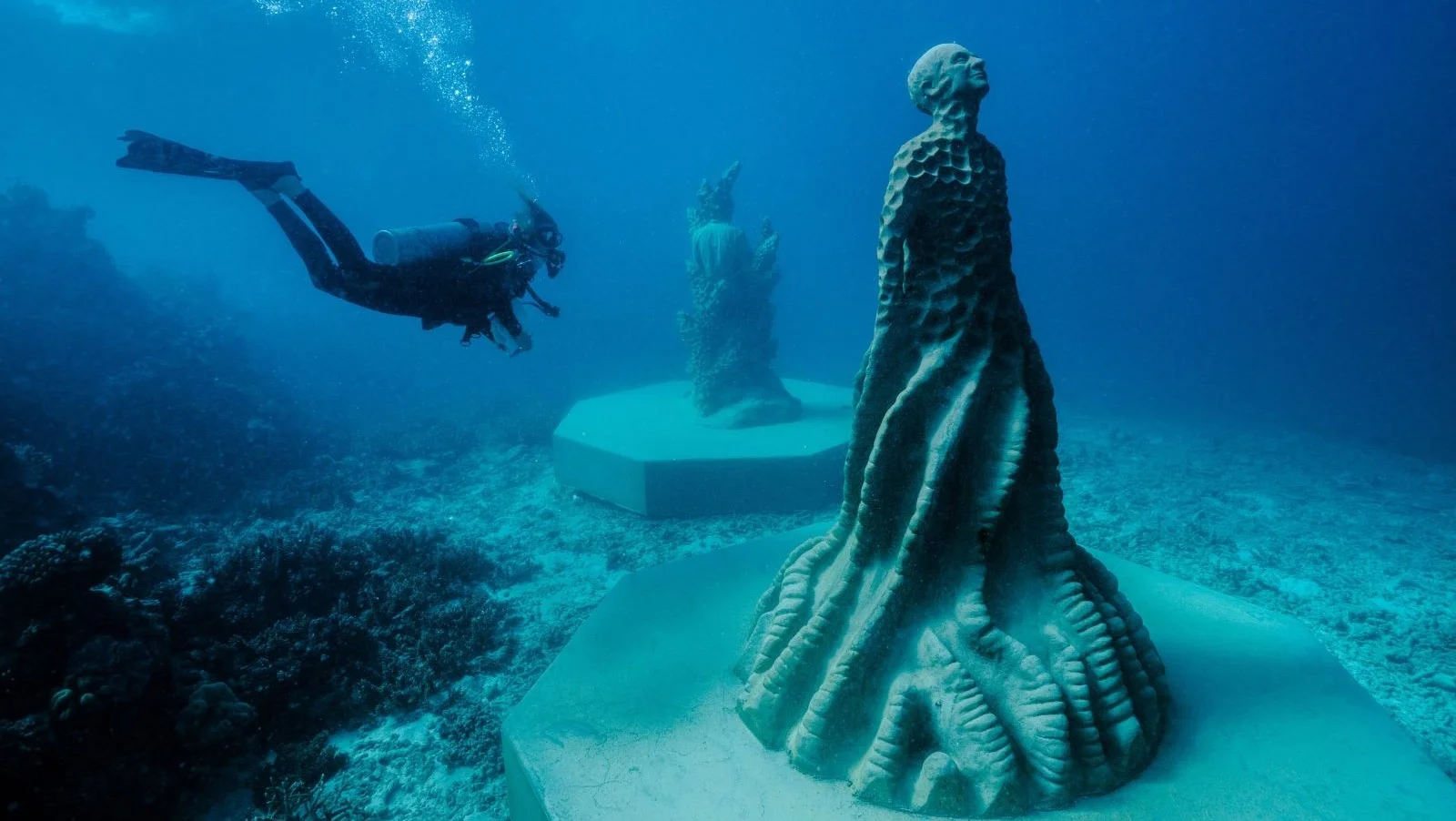Living on and under the water: is there any sense?
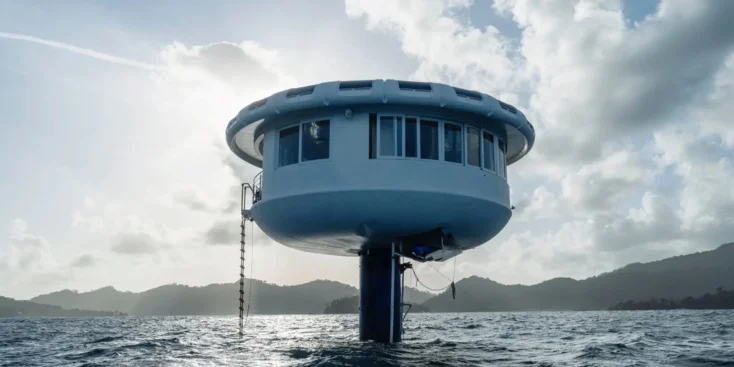
The coronavirus pandemic has given rise to a lot of unusual trends, which seem to complement logically both the old fear of the world ending (for various reasons) and the eternal desire to explore the unknown
In particular, there was an unprecedented demand for "getaway yachts" that allow one to spend a fairly long time in the ocean without any contact with civilization. And naturally it gave another impetus to the development of all kinds of futuristic settlements concepts – on the water and, potentially, under it.
The fact that life under the water can be quite comfortable and even exciting no longer requires any proof. Places designed for a short stay, like underwater hotels, restaurants, spas and museums, are now known to many, and at the end of the article we will make a short review of them for all those interested. But what about living under the water for a longer period of time? Astronauts can stay in space for months, although apart from a beautiful view, they don’t seem to have much comfort…
Records for longest time living underwater
The new record for the longest time spent living underwater was set in January 2025 by German engineer, Rüdiger Koch, who had spent 120 days in his SeaPod Alpha Deep at the depth of 11 metres off the coast of Panama. The previous record belonged to American scientist and diver Joseph Dituri, who had stayed in Jules' Undersea Lodge in Florida for 100 days. But if Dituri’s lodge at the depth of 6.7 m was just 9.2 sq.m, Rüdiger Koch had a far more spacious “studio” of 28 sq.m with a bed, a toilet, a TV, Starlink internet and even an exercise bike.
It got power from solar panels and there is also a diesel generator as a backup. Rüdiger could bet food, water and visitors from above thanks to the 63-step spiral staircase, connecting the underwater chamber with SeaPod Alpha Deep floating on the surface. This underwater buoyancy chamber also helps to stabilise the Pod above, which is quite useful in case of rough seas.
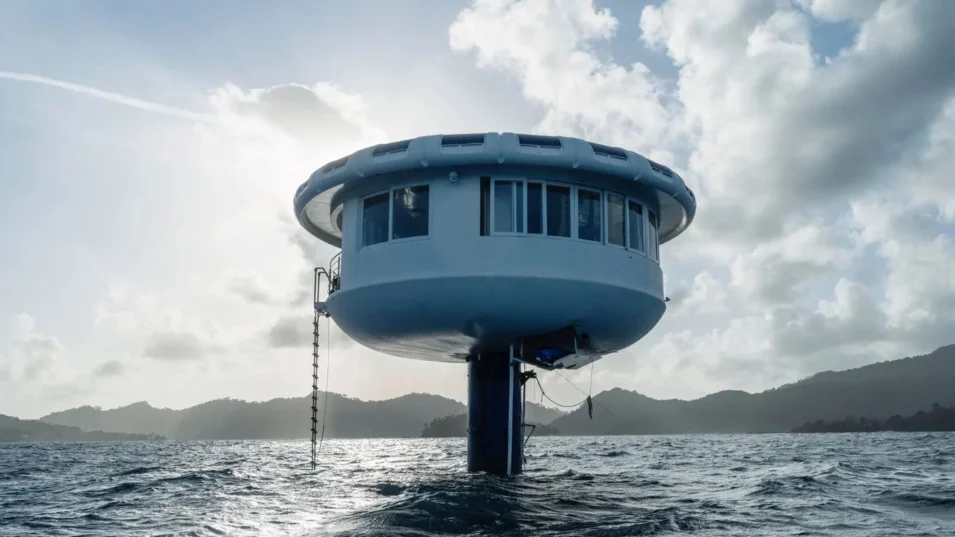
Main question: why?
Let us be clear, Rüdiger Koch’s main idea was to promote Ocean Builders company and its SeaPods mentioned above. And he succeeded: people started talking about it. Although the idea of a secluded life in the ocean had captured human imagination long before that.
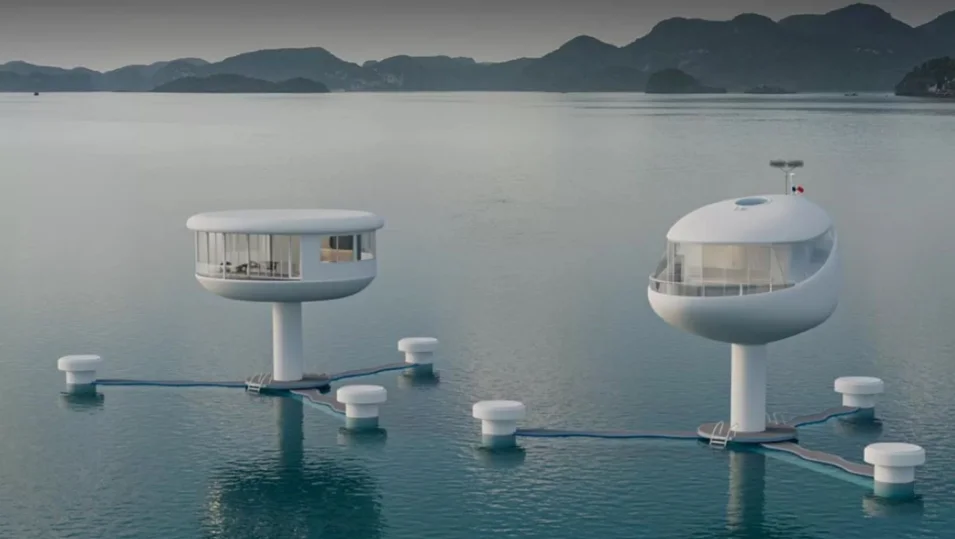
In 1895, Jules Verne published his novel “Propeller Island”, about a man-made island designed to travel in the Pacific Ocean and to be home to American millionaires. Captain Nemo, the main character of his “Twenty Thousand Leagues Under the Seas”, broke all ties with human society and chose to spend his life under the seas in order to be independent and free.
There were real attempts to found “floating states”, too. Ernest Hemingway’s younger brother, Leicester, established New Atlantis, which was a bamboo raft anchored 10 km off the coast of Jamaica, later destroyed by tropical storms. About the same distance off the British coast, there still exists the Principality of Sealand, established in 1967 on a platform for anti-aircraft guns built during World War II.
Rüdiger Koch started his “underwater” career via a San Francisco-based nonprofit organization called the Seasteading Institute, established in 2008 by PayPal cofounder, billionaire Peter Thiel. The Institute promotes “living on environmentally restorative floating islands with some degree of political autonomy” and startups that allow people to “form whatever kind of community they wanted”, “vote with your boat” and relocate wherever you feel your views are shared.
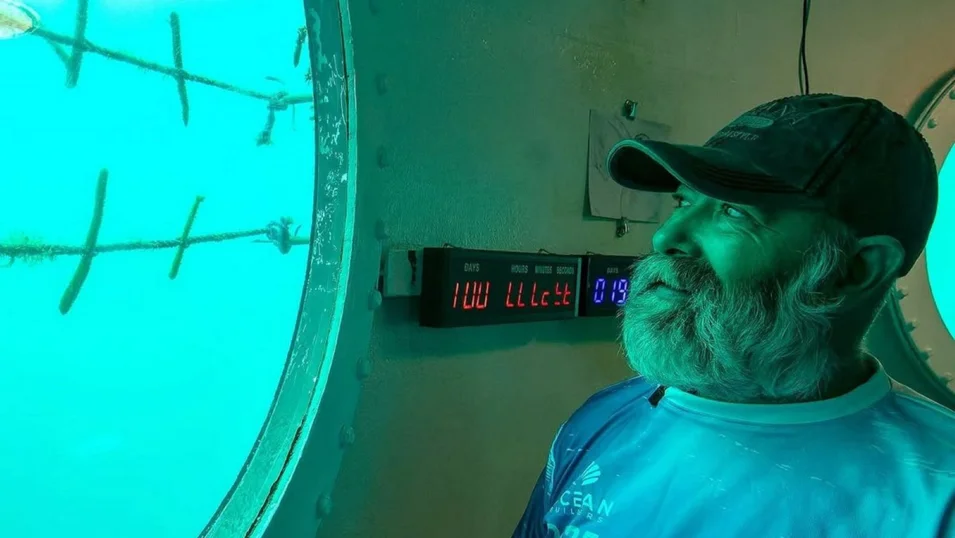
Koch claims that his record for the time spent living underwater was nothing like a trial. “They think that I feel like a prisoner, and I’m putting marks on the wall. My food is excellent, my booze is excellent.” Moreover, a person came by to clean every day. Koch is a long-time believer in Bitcoin and a co-founder of Ocean Builders, which has already set up three SeaPods of various designs near Linton Bay Marina in Panama.
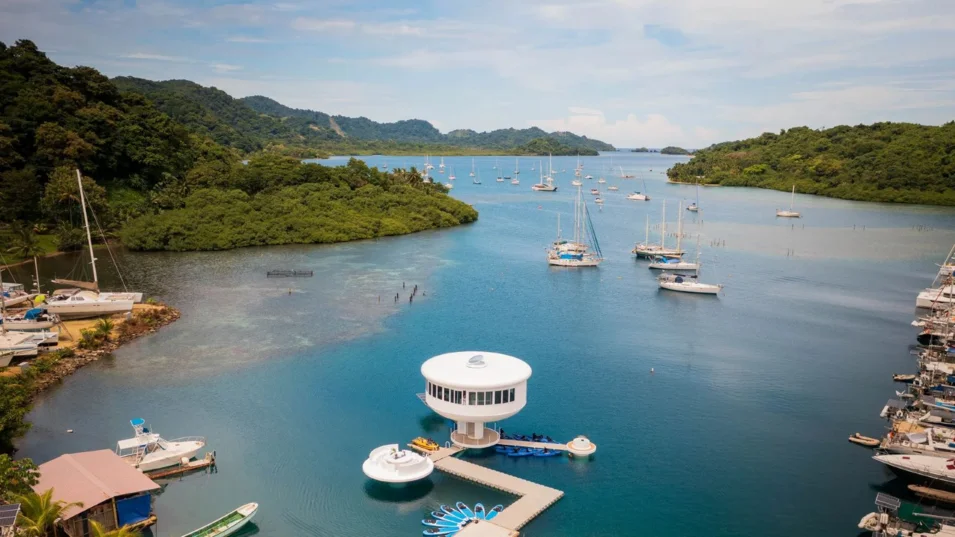
A lot of people consider such libertarian ideas to be vain projects of the rich, who wish to move to sustainable futuristic “supervillages”, not caring about the rest of the world. There is some truth in it, and that is what makes it a problem, too, as Ocean Builders strives to position itself as a business, and not an ideological project. The SeaPods that have already been set are registered as floating homes and they don’t actually differ much from houseboats or explorers with a large range. Their owners try to get away from civilization at times, too. And, by the way, no one criticises them for that.
Floating home called SeaPod
Back in 2019, the first SeaPod prototype cost Ocean Builders $6 000 000. With time, the company hopes to decrease the price considerably and position their homes as “affordable”.
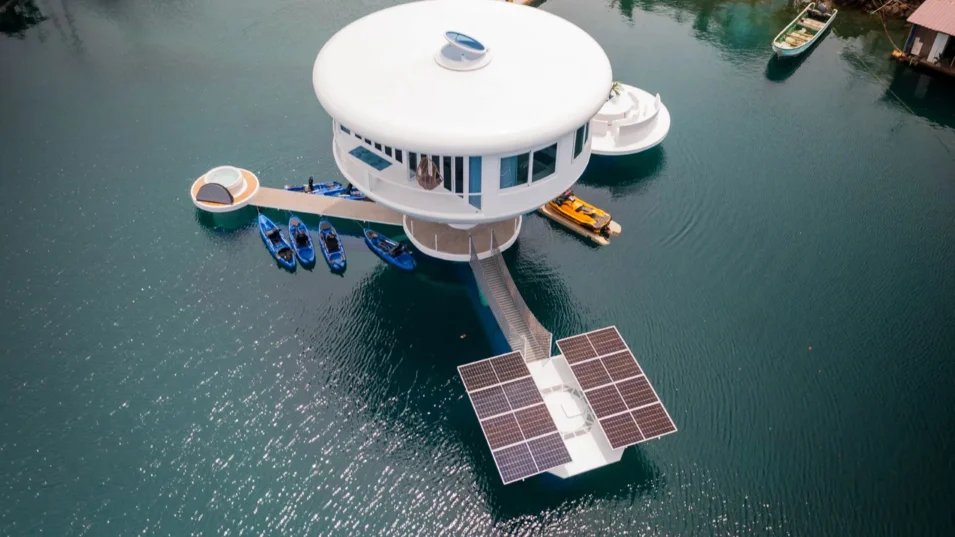
A SeaPod is a structure of round shape installed on underwater tubes filled with air. Solar panels accumulate the energy that is necessary for the house. When put through the steel base, the small electric current attracts calcium carbonate, which does not only protect it from rusting, but accelerates the process of coral growth. Ocean Builders claims that after a few years of SeaPod’s operation, the growth of corals can create a flourishing underwater ecosystem, which will serve as a kind of floating foundation for the SeaPod standing a couple of metres above the water level.

It is interesting to note the materials used for the above-water part are the same as those used for building yachts: fiberglass, gelcoat and polymer foams. The living area of a SeaPod is 73 sq.m, distributed across three levels with panoramic glazing and including a kitchen/living-room, a bedroom, a bathroom, an open patio above the water. There are also 35 cubic meters for storage and a tank of 1400 L of fresh water.
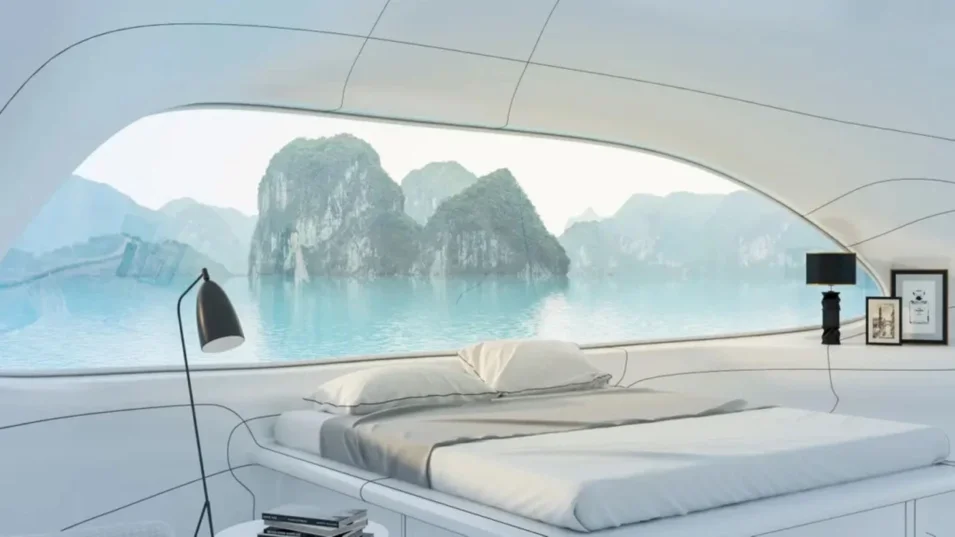
The water used for taking a shower, for example, undergoes three stages of purification before going back to the ocean. The “painful issue” of sewage is solved in a traditional way – by pumping out a special tank regularly. Solid waste is incinerated into harmless ash, while the warmth from burning it will be used for heating up the water for the shower.
A floating home or a yacht?
As a place for occasional solitude, a SeaPod looks quite attractive and stylish. Ocean Builders underscores that fact that a SeaPod is a chance to escape electromagnetic radiation that permeates modern cities. Still you can’t get rid of it completely if you want to used WiFi (as an alternative there is an option of an ethernet cable).
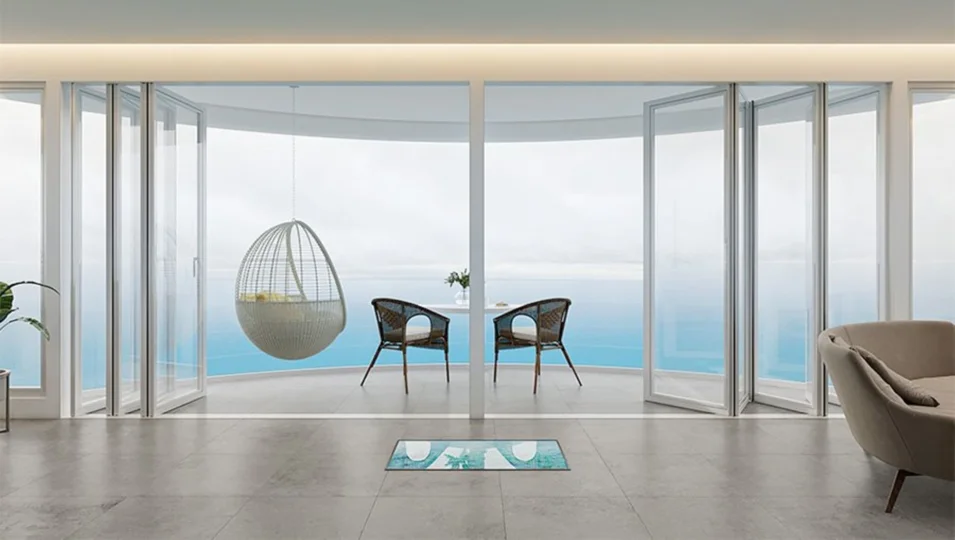
However, despite the aesthetic appeal, at present the SeaPod concept doesn’t measure up to Captain Nemo’s Nautilus or even a modern expedition yacht in terms of autonomy. The feeling of “communion with the ocean” that is talked some much about is in fact about the same as on board a houseboat in a marina, because Seapods are supposed to be set up in the coastal area, and not hundreds of kilometres from the shore. Simply because this futuristic eco wonder requires shore service.
If we go back to Rüdiger Koch’s memories of his 120 days spent on a SeaPod, all that excellent food, booze, daily cleaning and doctor’s visits have to be provided. Not everyone will want to spend months reading books, meditating or even snorkelling and admiring corals. It is not for nothing that in recent years even the Maldives, previously considered a very beautiful, luxurious, but... somewhat boring place, have started working on entertainment options. And these “environmentally restorative floating islands with some degree of political autonomy” will definitely not allow one to survive the end of the world with a habitual degree of comfort.
So, no matter how we would like to tell you about wonderful new ways of living an eco-friendly life in harmony with the ocean and nature, we have to admit that humanity has not yet come up with anything better than a yacht for this purpose. You are free to go anywhere on board a yacht, particularly if her range is thousands of miles. By the way, it is possible not only for an expedition yacht that costs dozens of millions of dollars, but quite affordable sailboats, too. Today they use numerous options of sustainable energy generation: from solar panels to hydrogeneration. The level of comfort may vary, but all the basic cons will be there. And in addition to the “communion with the ocean”, a yacht will give you lots of extra impressions.
What else is there underwater?
It seems too early to talk about permanent residence in the ocean, and especially underwater – at least until we see some some breakthrough solutions in the field of autonomous existence. But there are plenty of places where one can stay underwater for a short period of time and get some new, unusual experience.
Hotels
Atlantis Sanya Resort (China)
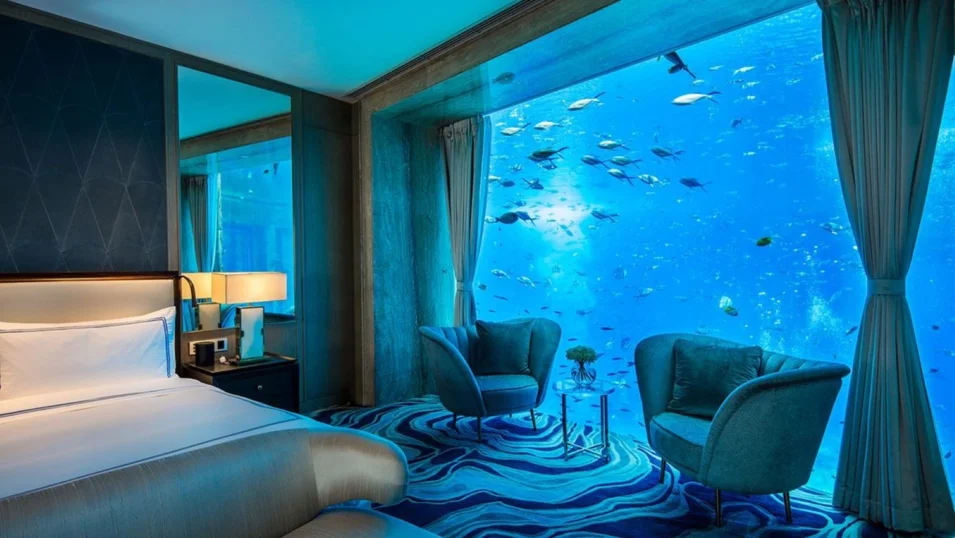
It is located on Hainan Island in the South China Sea. This hotel offers both conventional rooms on the shore and extraordinary Neptune and Poseidon underwater suites. Floor-to-ceiling windows offer stunning views of the lagoon with the richest sea life: one can observe sharks and rays right from your bed. The hotel also has an underwater Ossiano Restaurant & Bar.
The Intercontinental Shanghai Wonderland (China)

It is located in the Shanghai National Exhibition and Convention Center in Songjiang. This is the world’s lowest located hotel: it was built in an abandoned quarry and is partially underwater.
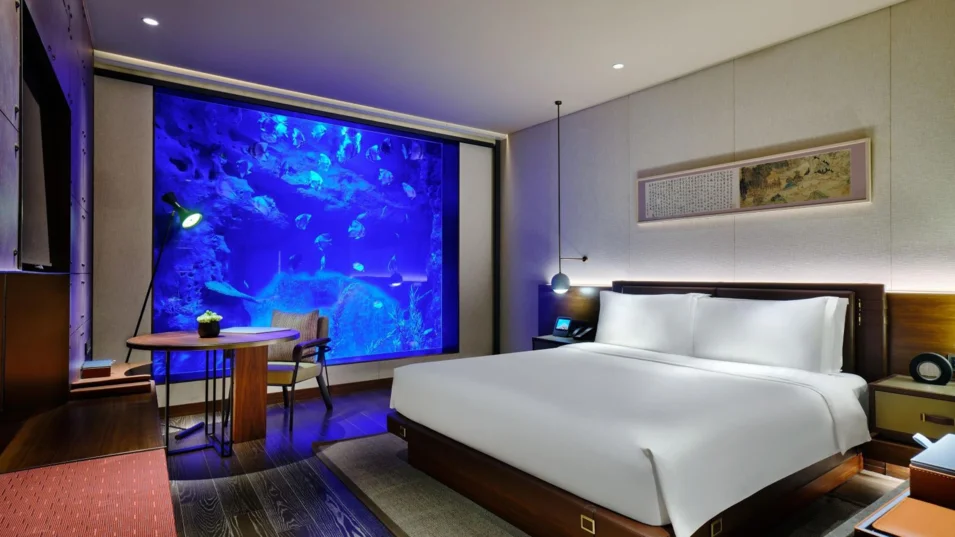
Guests can choose between ordinary rooms outlooking waterfalls and underwater suites. As the quarry itself was not rich in sea inhabitants, it was turned into an exotic fish tank.
Jules’ Undersea Lodge (Key Largo, Florida, USA)
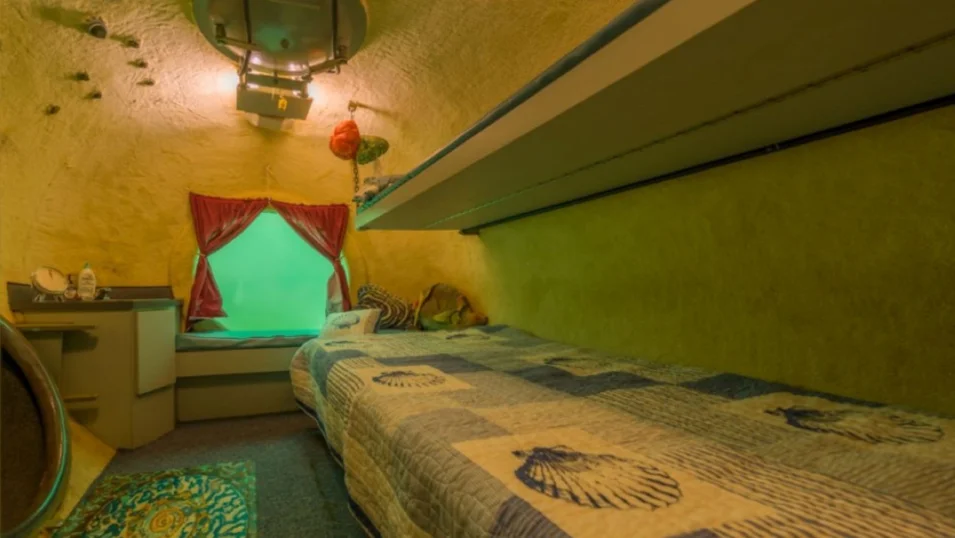
It’s the only underwater hotel in the USA and that is where Joseph Dituri set his previous record (100 days) of time spent living underwear. It’s a former research laboratory built early in 1970s. Unlike the previously described hotels, this one is not partially, but entirely located underwater, so you can get to Jules’ Undersea Lodge only with the help of diving gear – via a pool and a “wet room”.
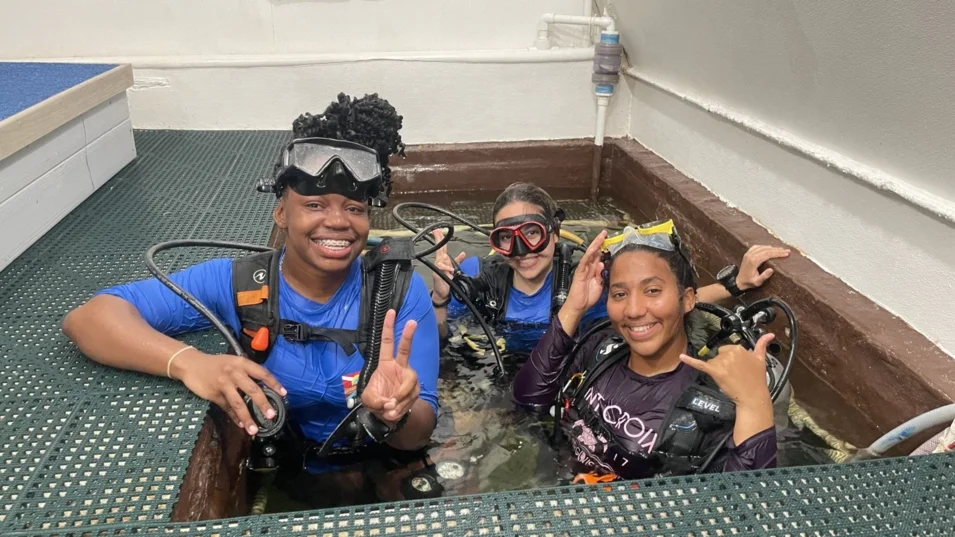
Manta Resort Pemba Island (Pemba Island, Tanzania)
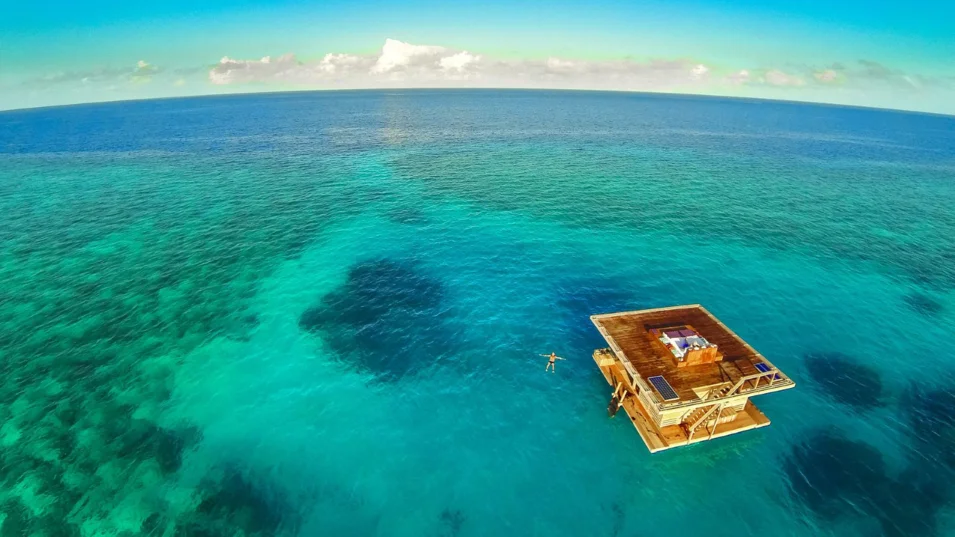
The coral island of Pemba with a length of 65 and a width of 18 km is located off the east coast of Africa, about 50 km north of Zanzibar. This area with sandbanks is perfect for diving and snorkelling, and one can stay here both on land and underwater. Manta Resort’s underwater rooms are very similar to SeaPods: the top part is a floating platform anchored not far from the shore. There is a living room, a bathroom, and a sunbathing area here, while the bedroom is located in an underwater capsule.
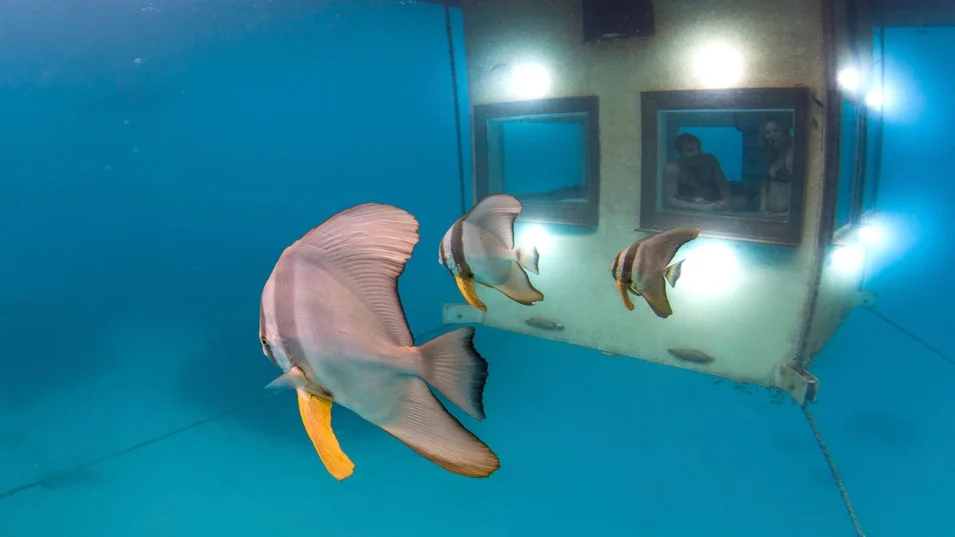
Restaurants
Ithaa (Maldives, Rangali Island)
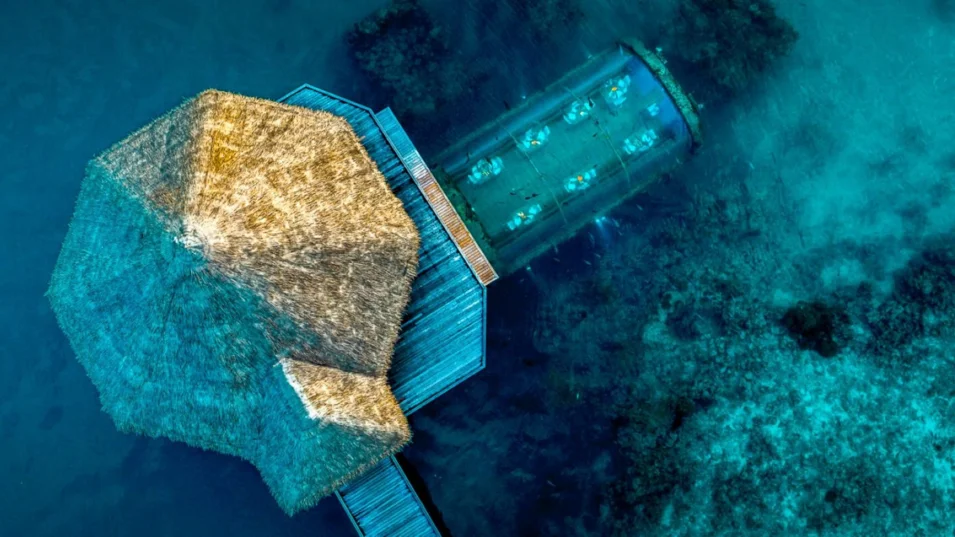
This underwater restaurant is located in Conrad Maldives Rangali Island resort in Southern Ari Atoll, where you can get by seaplane or a speedboat. Ithaa is the world’s first underwater restaurant: it was built on land and then “sunk” into the seabed 5 metres below the sea level. One can get here via a special staircase. The restaurant is really small and can sit no more than 14 guests, so the panoramic views of the underwater world are also complemented by rather a private setting.
Under (Norway, Lindesnes)
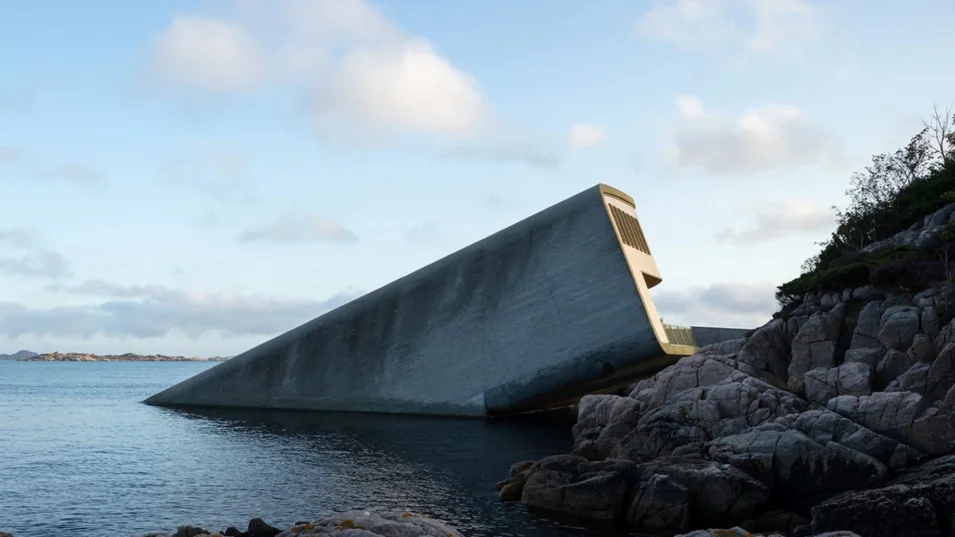
This is the world’s largest underwater restaurant, located at the depth of five meters in the icy waters of the North Atlantic (85 km from Kristiansand airport in southern Norway). Its unusual architecture has been integrated into the landscape perfectly, so with time the restaurant will become part of the marine environment, as its concrete shell works as a man-made reef.
Nightclub
Subsix (Maldives, Niyama Island)
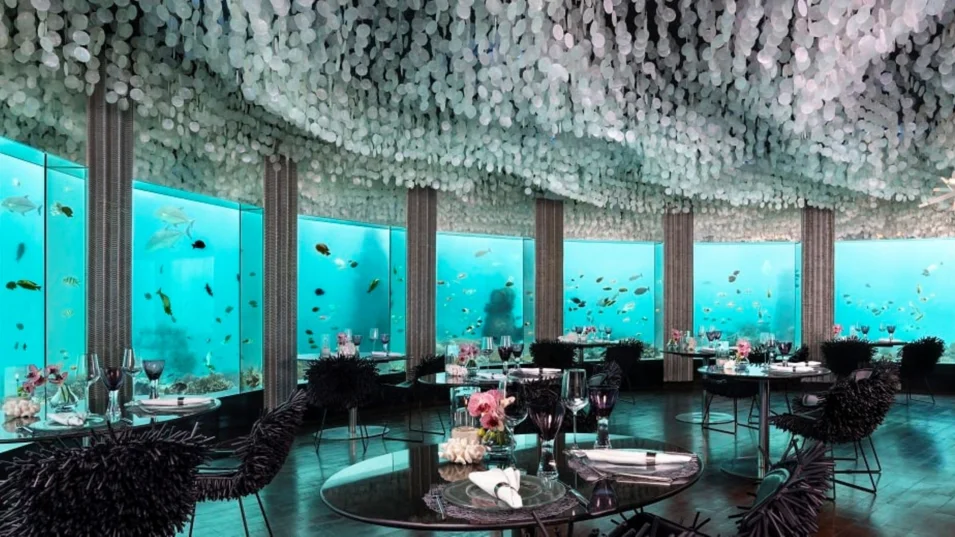
This is the first and only underwater nightclub. Unlike lots of underwater places “moored” right by the shore, Subsix can only be reached by boat. There is a monumental staircase leading down under the water. The bar is designed as a shell, and the armchairs look like sea anemones with numerous tentacles. The program here is quite diverse: from champagne breakfasts and underwater gourmet dinners to private events and glow parties paired with the enchanting illuminated reef.
Culture
Museum of Underwater Art (Great Barrier Reef, Australia)
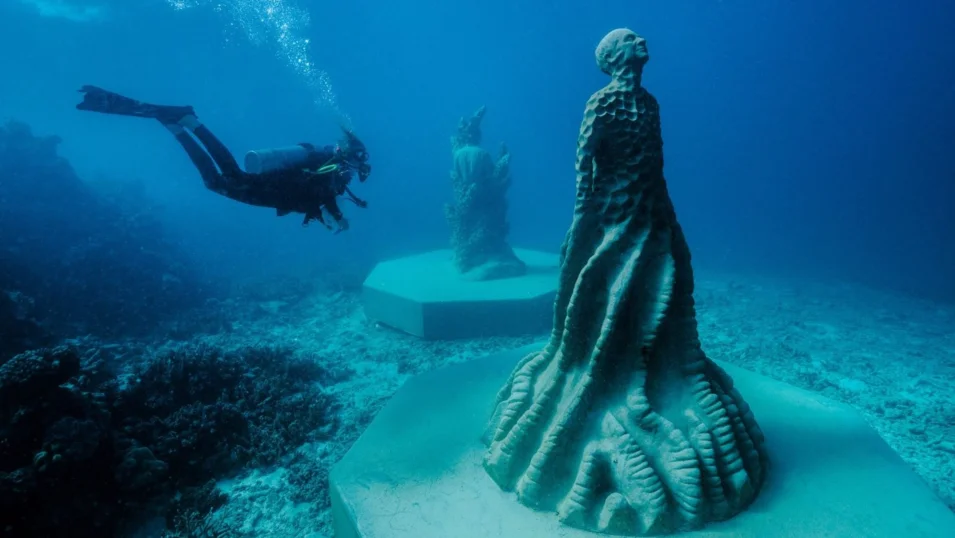
The largest underwater sculpture in the world weighing 165 tonnes is located in the Pacific Ocean not far from the City of Townsville and Magnetic Island. It is an entire park of underwater sculptures and installations, some of which protrude above the water. The museum was not only created as a tourist attraction, but as a way to preserve the Great Barrier Reef, which is gradually destroyed. The construction of the “museum” serves as the basis and a coral greenhouse for new marine life.
Although a normal life underwater is not possible yet (unless you can afford to hire a lot of staff on land or acquire gills), sooner or later such options will definitely appear. Curiosity has always been one of the key drivers for humans, and that’s what makes and will make people conquer heights and dive into the depths.
You have successfully subscribed to our newsletter
